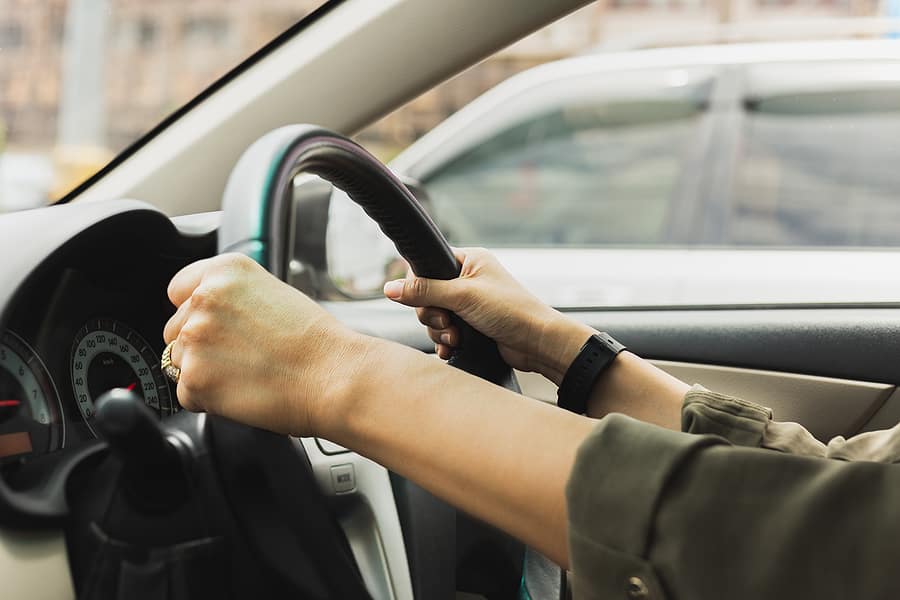
It’s not a great situation. If your car is pulling to one side, either under braking or whilst driving, it can not only be frustrating, but down-right dangerous. However, despite the initial shock, it’s not quite time to go to panic stations yet, as the cause could be actually quite simple.
Obviously, this is a real safety issue, so you’ll want to get it checked out as soon as possible – and the chances are the problem originates from one of the following culprits:
Wheel Alignment
Amongst the most common causes, wheels often become misaligned over time due to impacts from speedbumps, potholes and even mounting the kerb. Wheels should be set in a rectangular arrangement, with each one at 90 degrees to the road and parallel to its opposite pair. Should any wheel deviate from this set position, then it will cause your car to drift left or right.
Another indication of wheel alignment is uneven wear on your tyres, which can also affect braking distances.
Solution
Most mechanics should be able to do an alignment check fairly quickly. And whilst this is not a massively dangerous problem, you will still have to constantly recorrect the car’s trajectory due to the drift; making it something you’ll want to fix sooner rather than later.
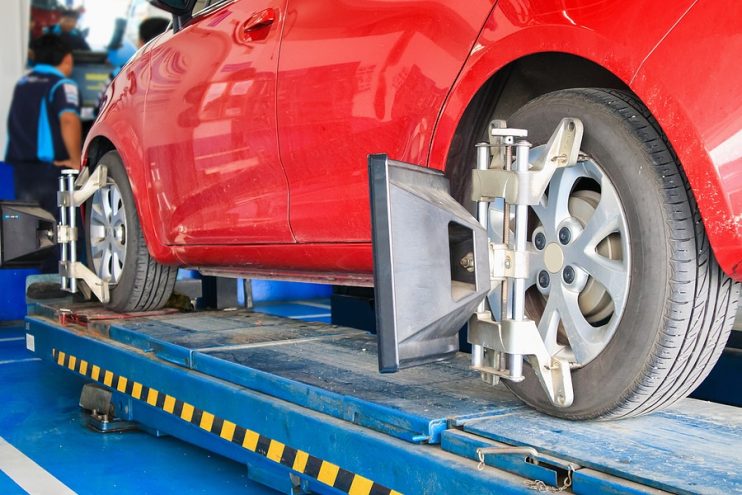
Brakes
Does your car pull to one side under braking? Chances are that your brake callipers are stuck, or your pads have worn unevenly. Callipers operate under hydraulic power and act like a pincer, gripping the brake disk to slow and then stop your car.
Each wheel features its own independent calliper. If one becomes faulty, then it will pull the car in the direction of the wheel to which it is attached, usually creating a grinding noise as one side of the calliper catches the brake disc.
Brake pads will become ground down from the friction from the brake disc. As the lining on the pad wears down it can often make the vehicle pull to one side when you apply the brakes. One tell-tale symptom that your pads are worn is a high pitched squeaking noise, indicating that the lining has been completely worn away leaving the metal backing plate grinding on the discs.
Solution
Any problems with your brakes should not be ignored. If you’re experiencing this symptom, get to the mechanics immediately as your car could be a danger to yourself and other road users.
Tyre Pressure
Something as simple as differences in tyre pressure could make your car pull to one side or the other. As it’s fairly easy to check at your local garage and as pressure can fluctuate over time, then make it one of the first potential issues you check.
Differences in pressure can cause a shift in alignment. Do a quick visual inspection of each tyre. Excessive wear in the inside edge usually points to a tyre being underinflated, and on the outer edge this indicates over inflation.
Solution
Whilst you should be checking tyres regularly for the sake of your handling and fuel economy – if you are experiencing pulling then inflate in accordance with the recommended tyre pressure in your owner’s manual. Remember to check pressure when your vehicle has cooled down, as heat can affect the pressure readings. If repressurising the tyres doesn’t solve the issue – you know there’s a deeper problem.
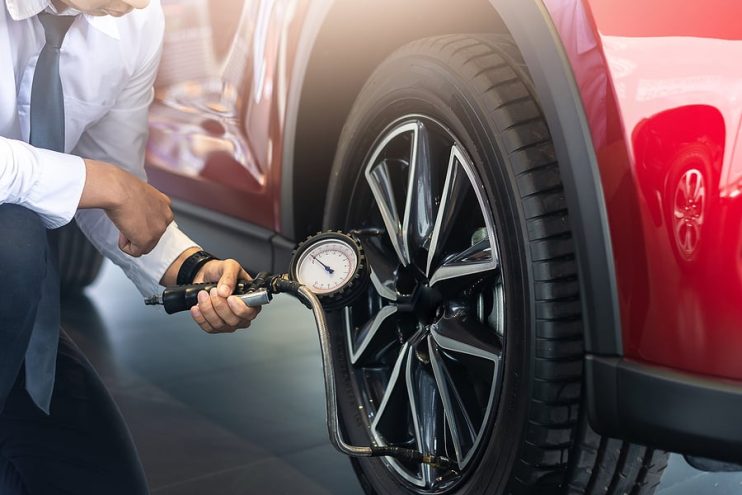
Wheel Bearings
Wheel bearings smooth the rotation of each wheel. When a wheel’s bearing wears out, it may change its camber (either negatively or positively) causing it to pull to one side.
Worn out bearings usually come with a lot of noise. You’ll hear a grinding noise as it starts to wear, and your steering wheel may shake. Then over time the car will start pulling to one side. Confirm your suspicions by feeling around the offending wheel – you’ll notice more heat coming from it than your other wheels, thanks to the increased friction.
Solution
Get to the garage as soon as you hear the grind – don’t even let the problem get to the pulling stage. Your vehicle is unsafe to drive with a worn wheel bearing, and you should contact your mechanic straight away.
Suspension
Designed to give your car a smooth, comfortable ride, issues with suspension could cause your car to pull to one side, either because of worn parts or a malfunction in the system. One example is if the lower control arm bushings are not working properly this may cause the arm to move under braking, altering the corresponding wheel position.
Often issues with the suspension will result in a pulling feeling from the steering wheel when you apply the brakes, which subsequently diminishes when they are released.
Solution
Annual inspections can be key to spotting this issue in its early stages. During a car’s lifetime most of the suspension parts will become worn out and need replacing, leading to the car pulling to the left or right as the car shifts and leans.
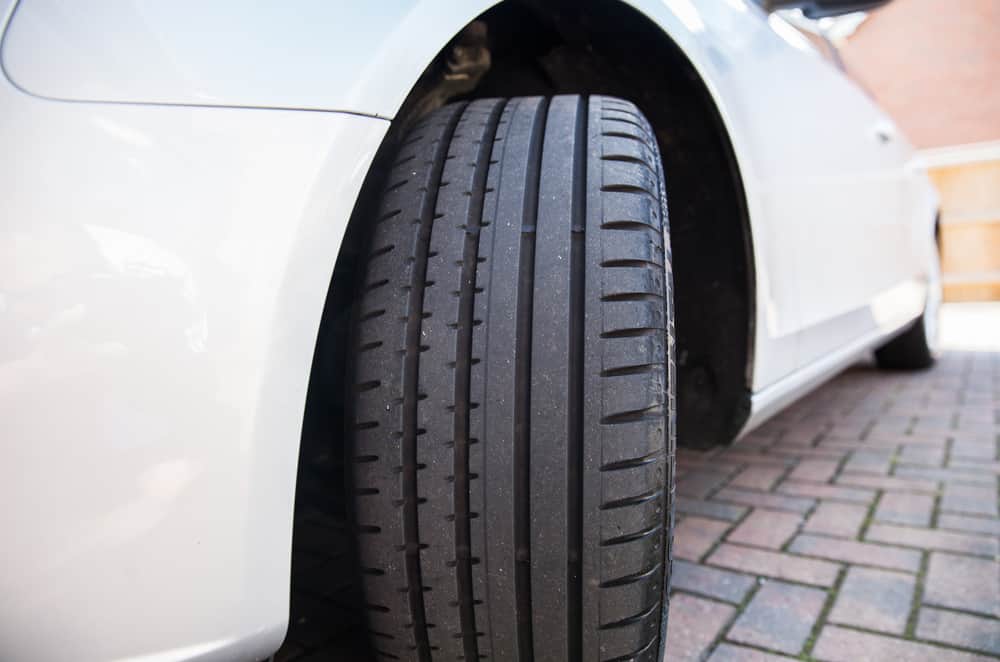
Torque Steer
When the torque supplied by your car’s engine overcomes the front tyres (this usually happens in high performance, front wheel drive cars under acceleration) you might notice your car pulling to one side or the other.
Solution
There are many issues that can cause torque steer, including issues with the tie rod, ball joints or even a fatigued lower control arm bushing. More serious culprits include problems with the drive shaft angle in the engine or unlevel suspension.
Torque steer is a matter for a professional mechanic. Get your car booked in to have it resolved.
Our Final Word
Remember that UK roads are not completely level. You’ve got the usual bumps, dips and potholes and the roads are cambered to make rainwater flow into the gutters on either side. These slopes can heighten the feeling that your car is pulling to one side, and make your feel quite unstable behind the wheel.
If you suspect your car is pulling slightly, but you cannot be entirely sure, then simply test it on a completely flat piece of tarmac such as a car park.
Release the steering wheel for a couple of seconds, hovering your hands nearby in case you need to grab the wheel for safety. You will quickly discover if the car is pulling from left to right, indicating that one of the above issues could be at play, or if it continues on a straight trajectory – demonstrating that your vehicle is not pulling.

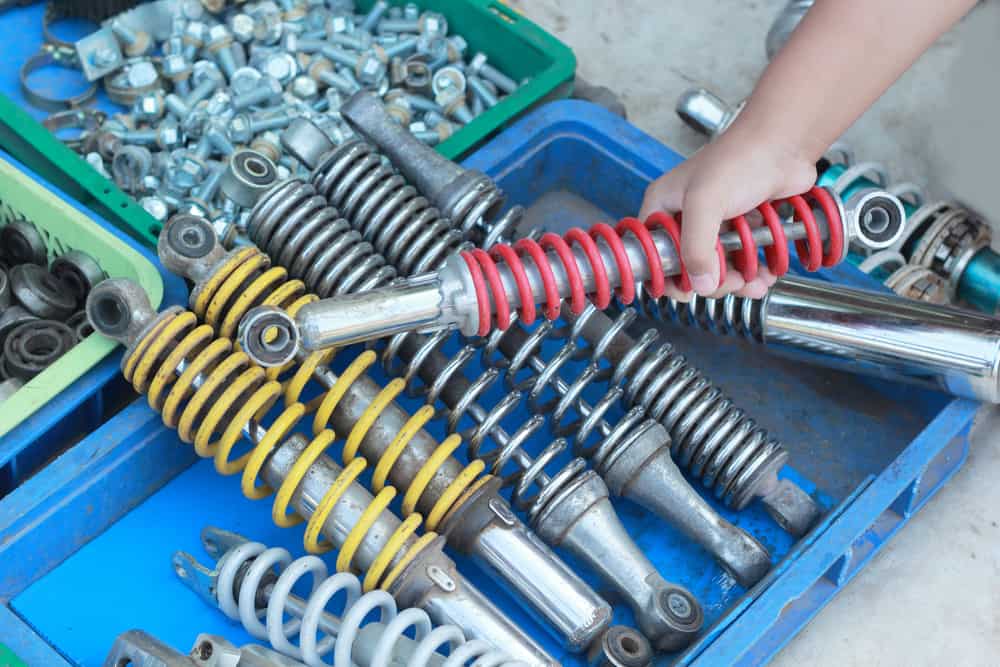
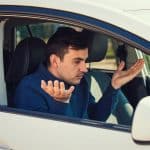
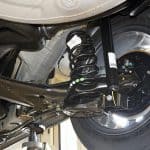

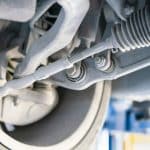
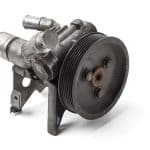


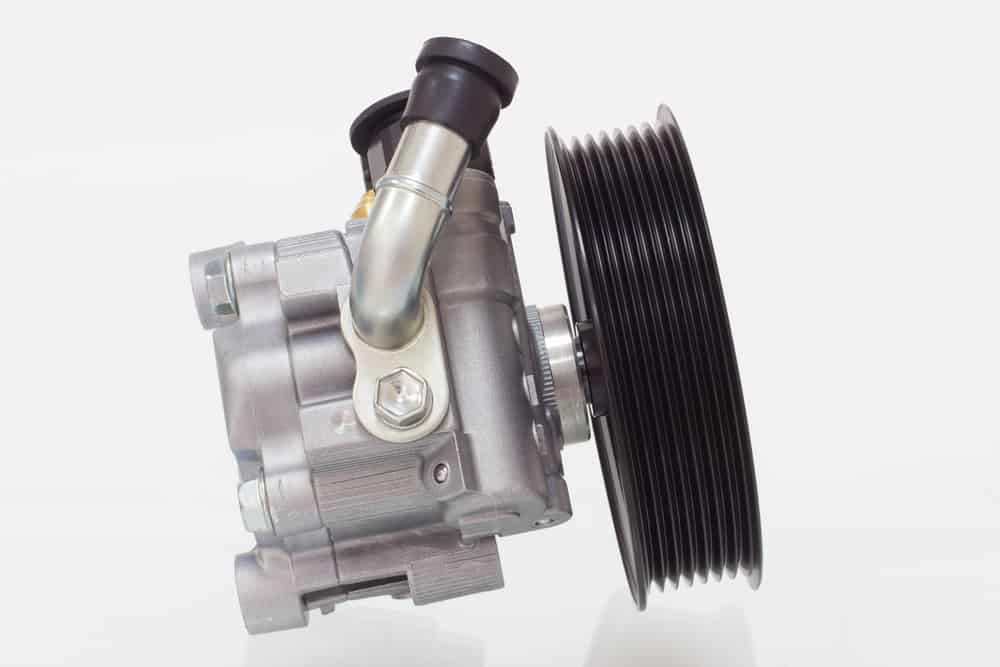
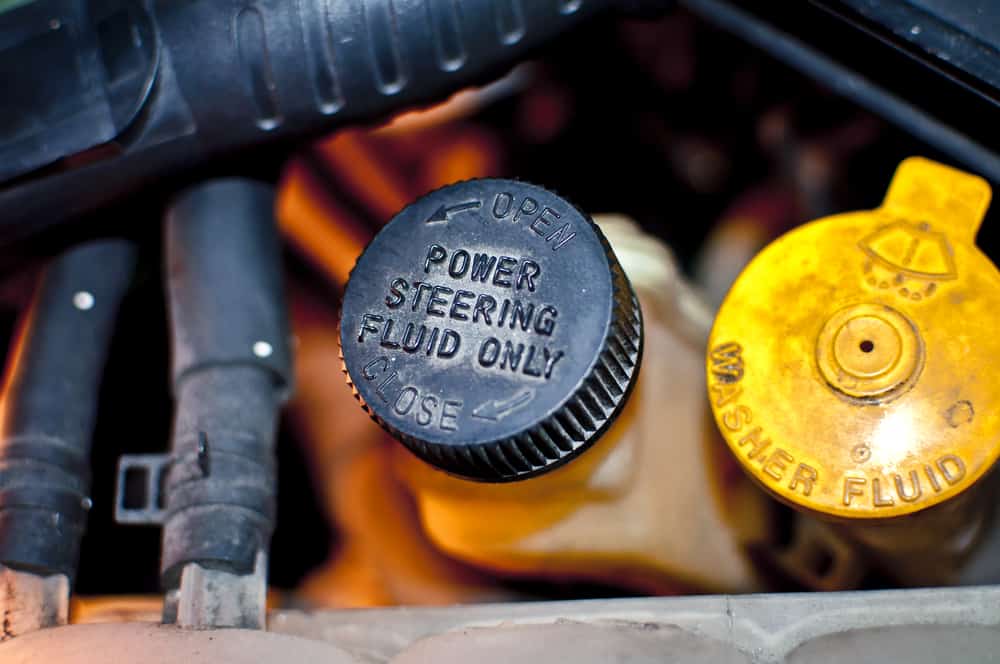
.png)